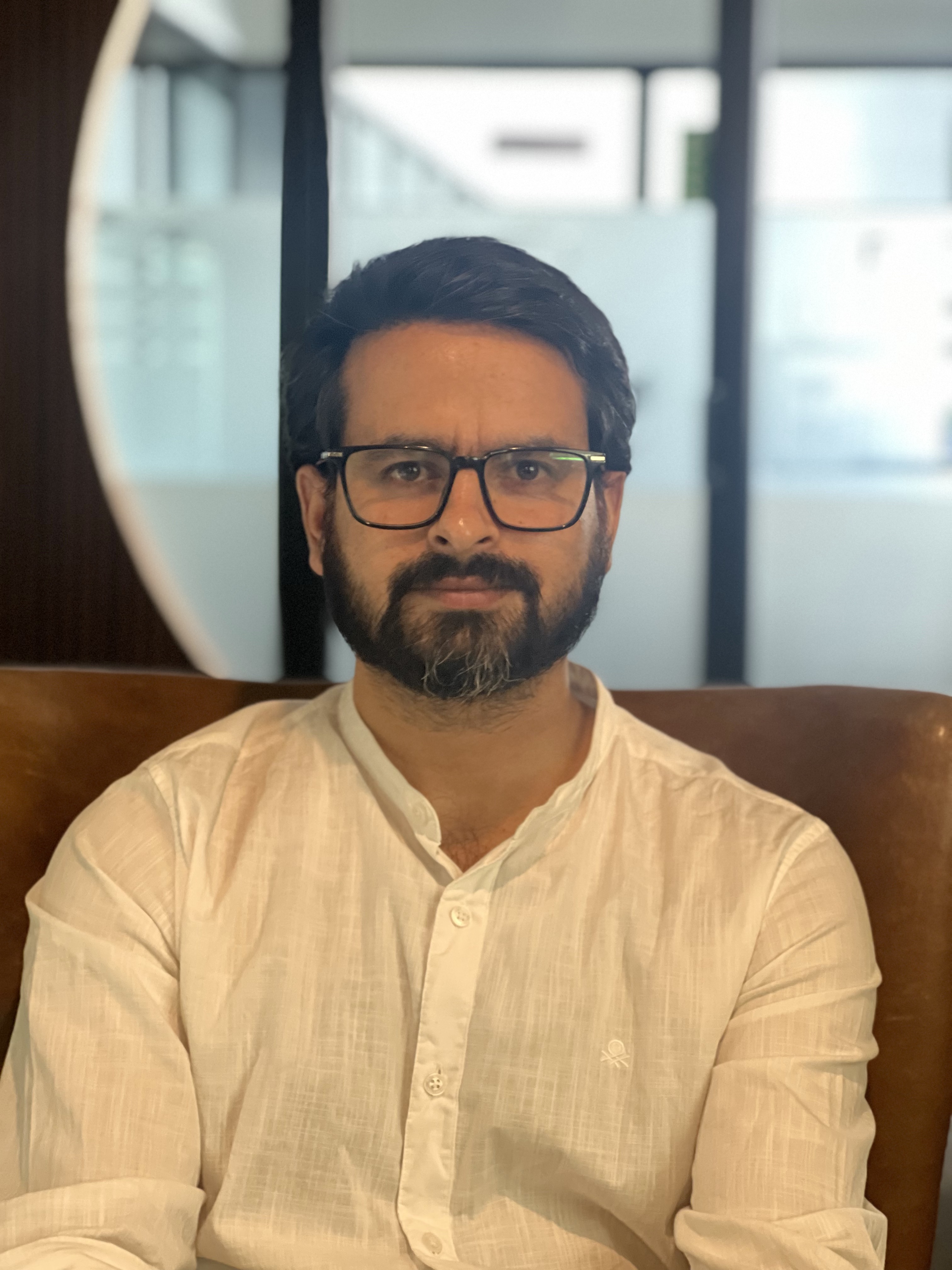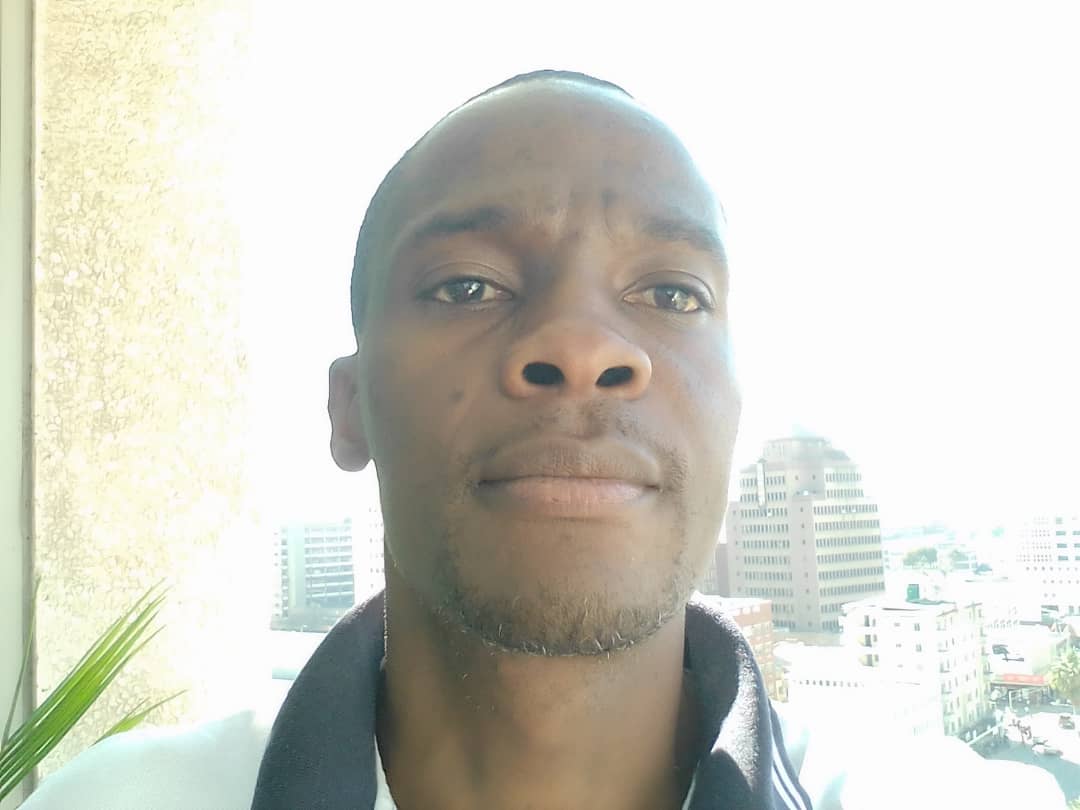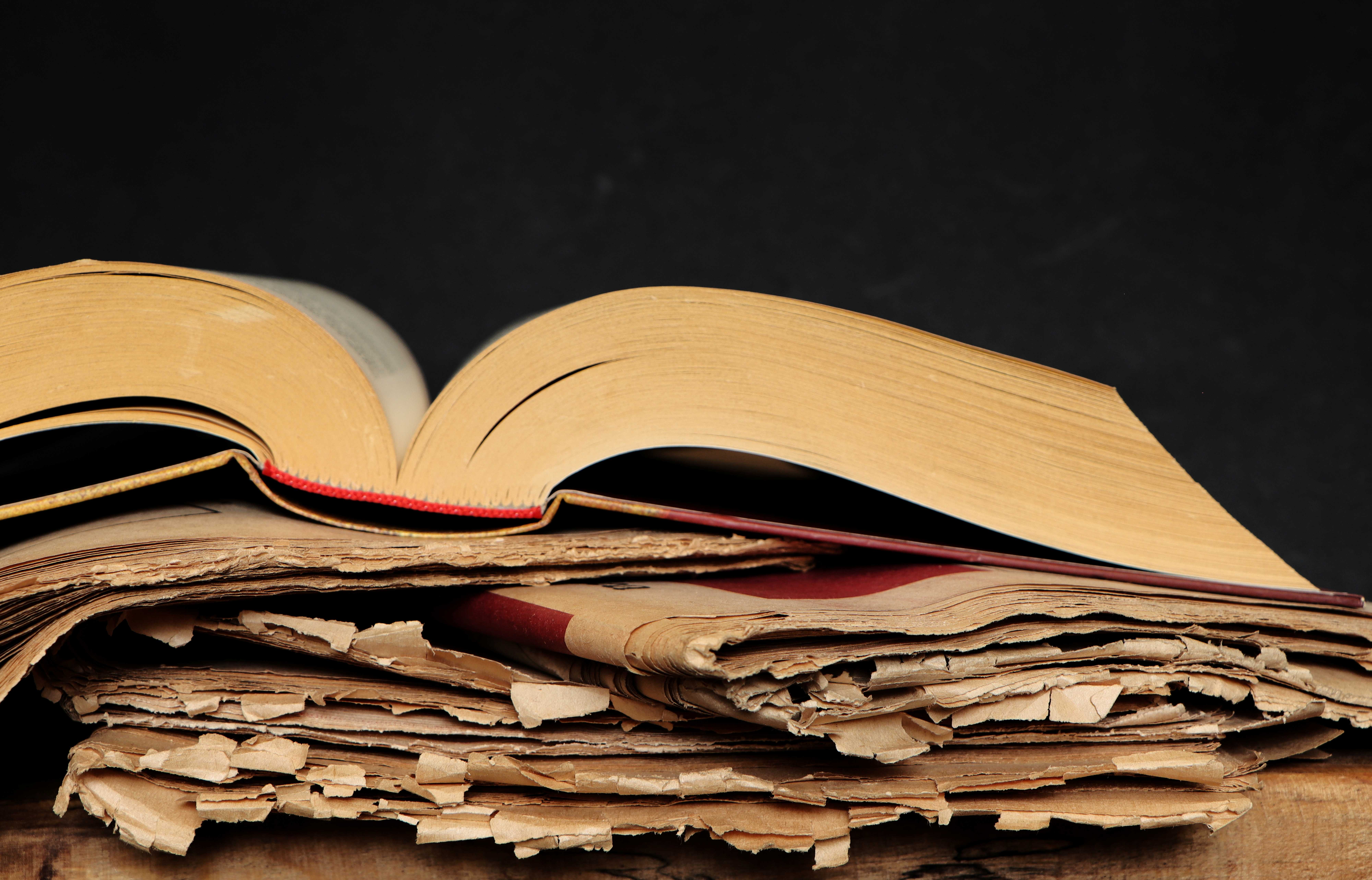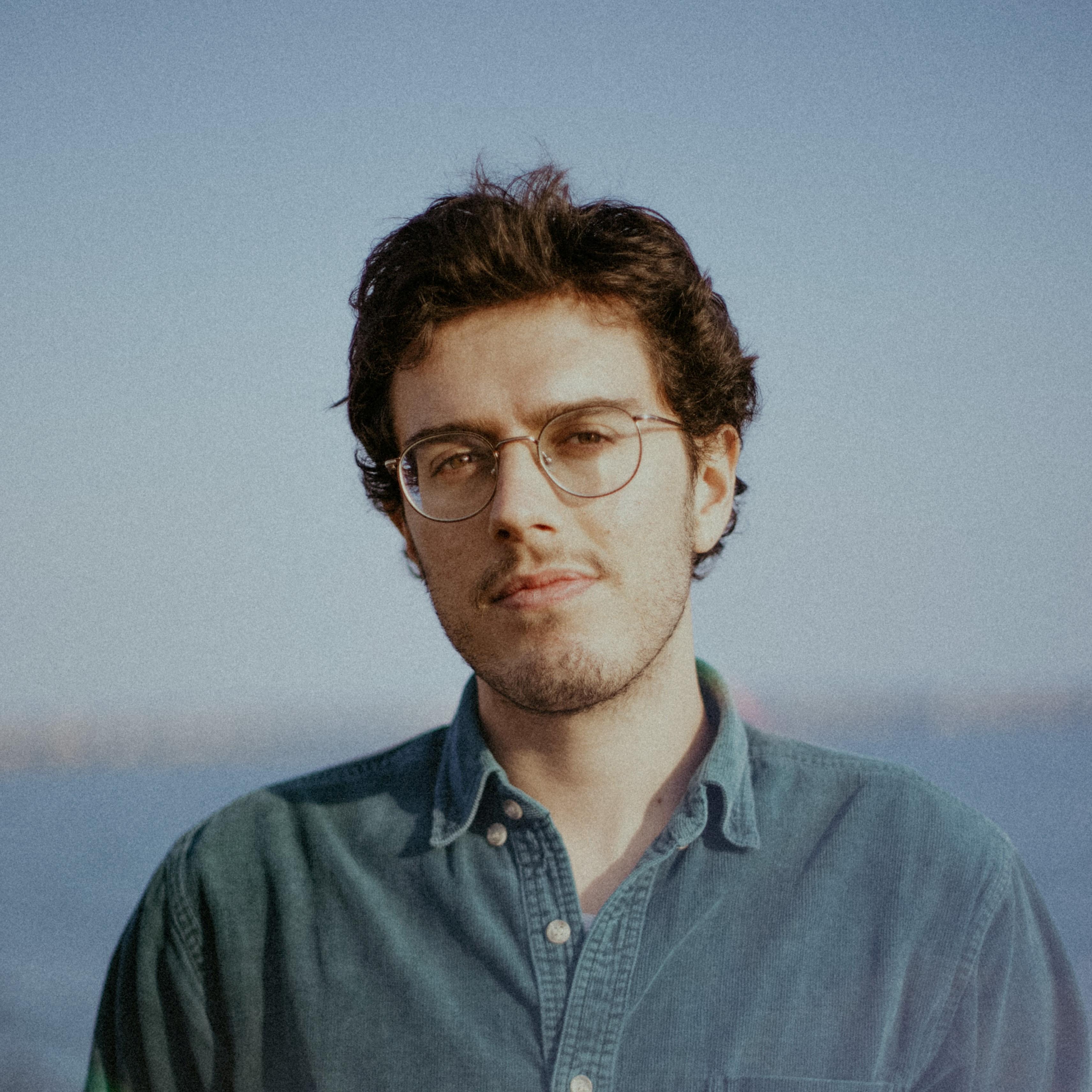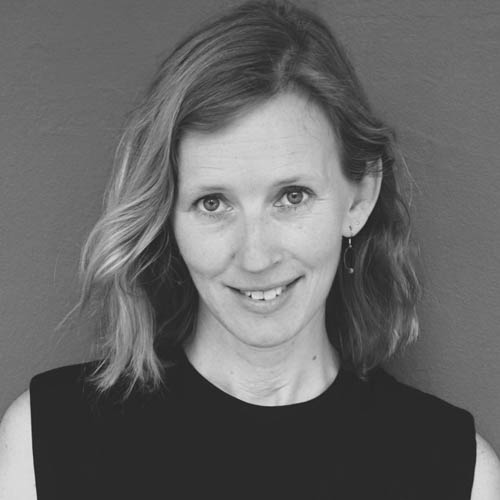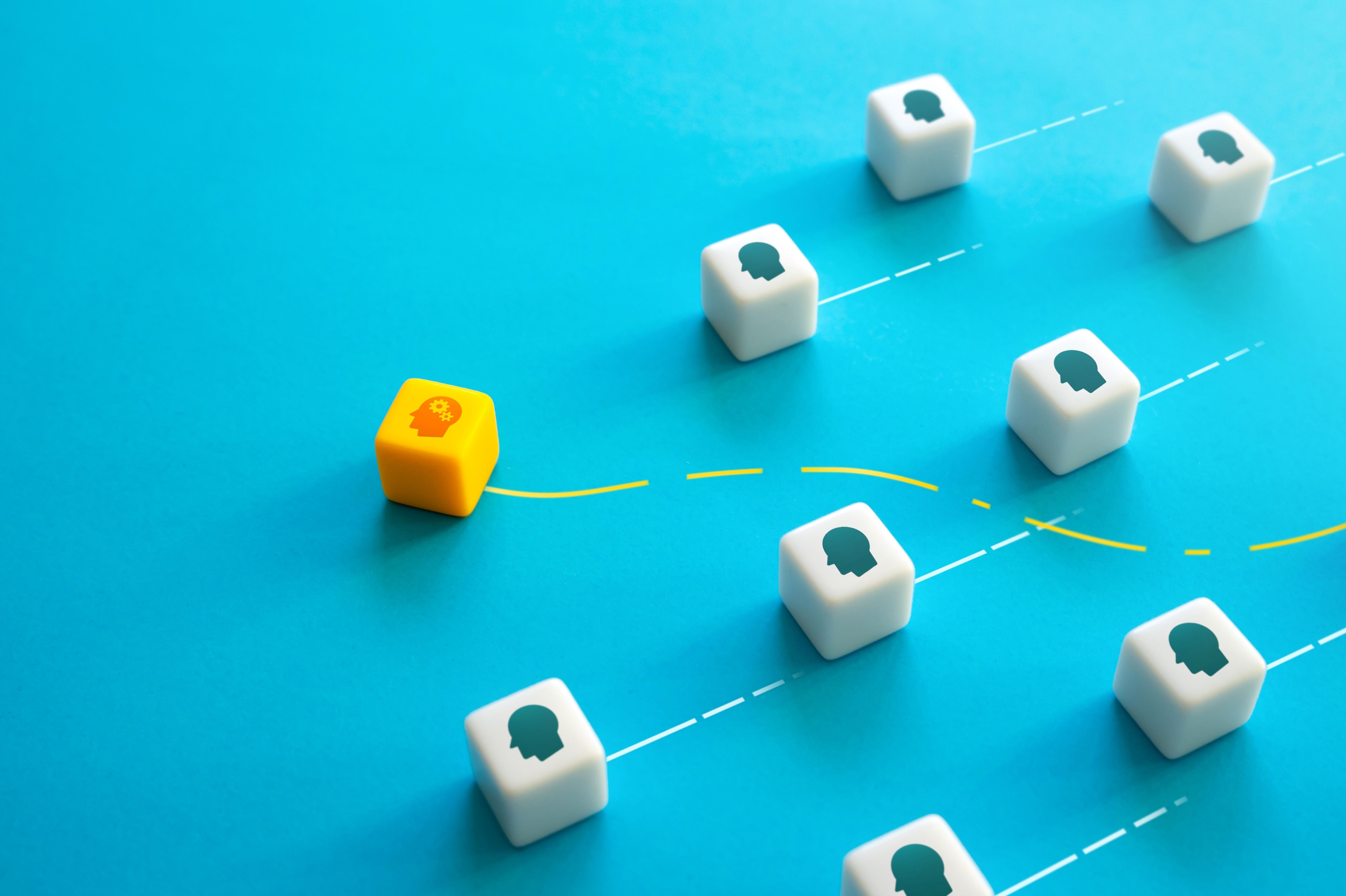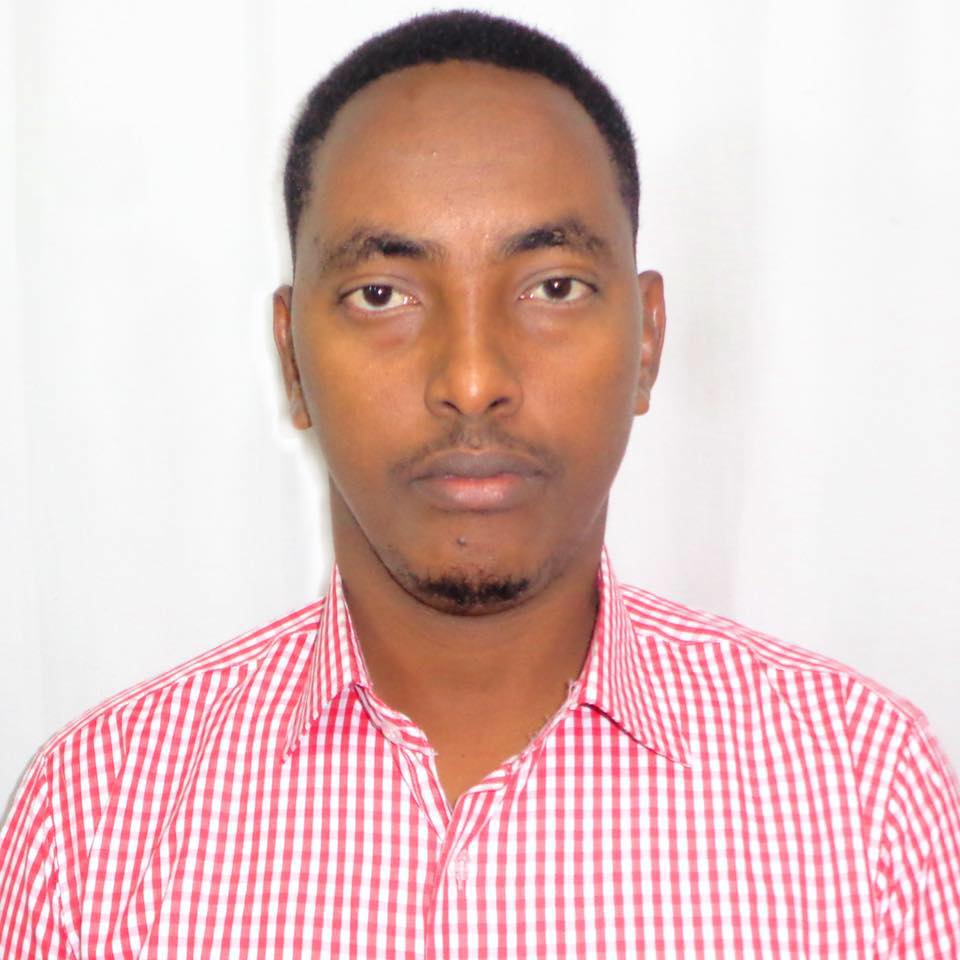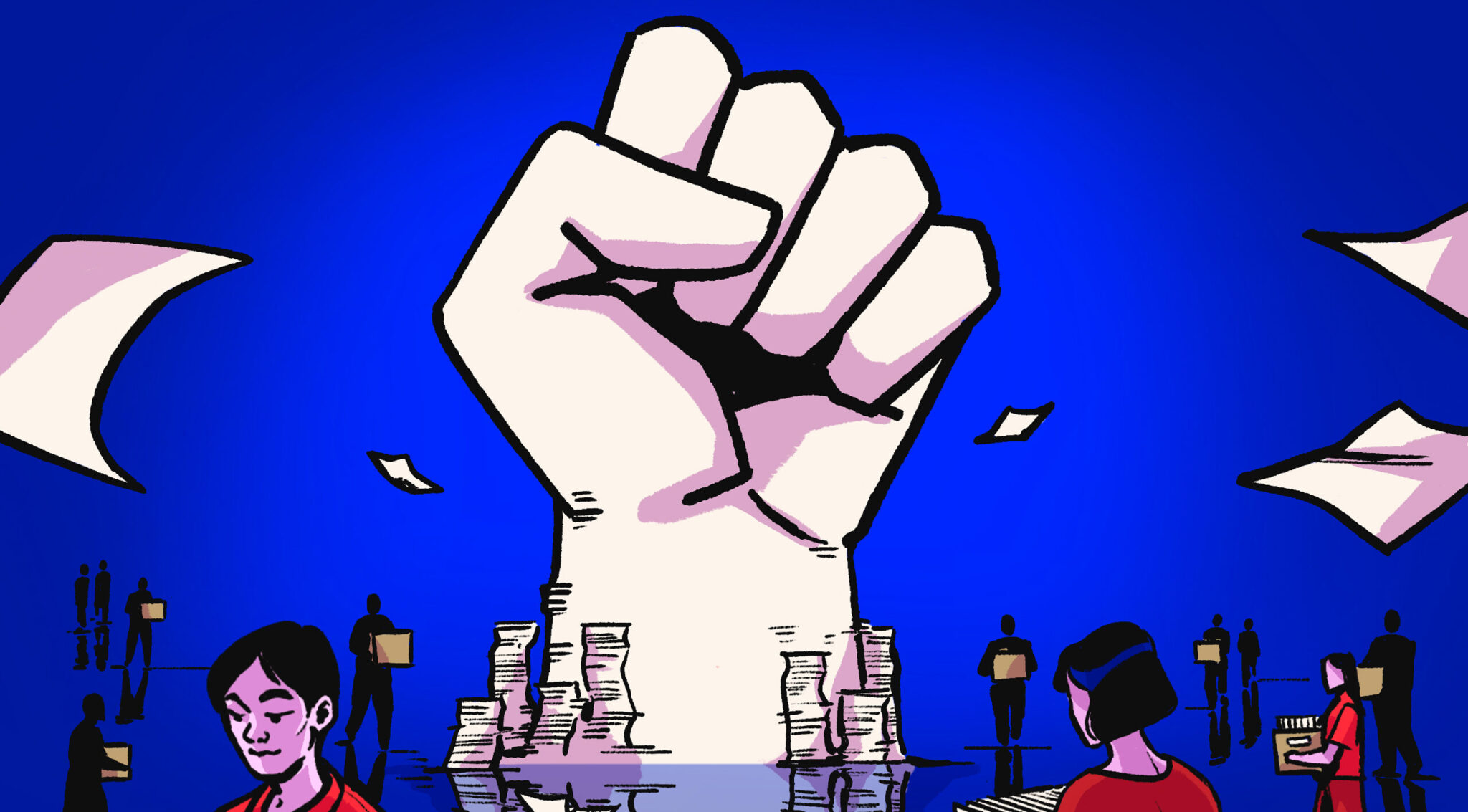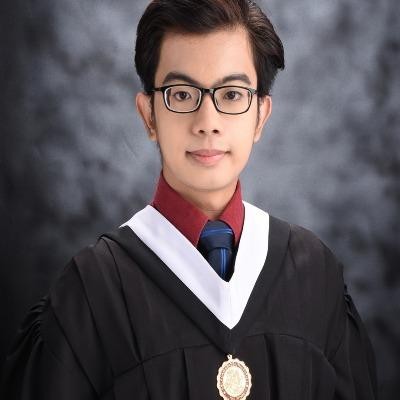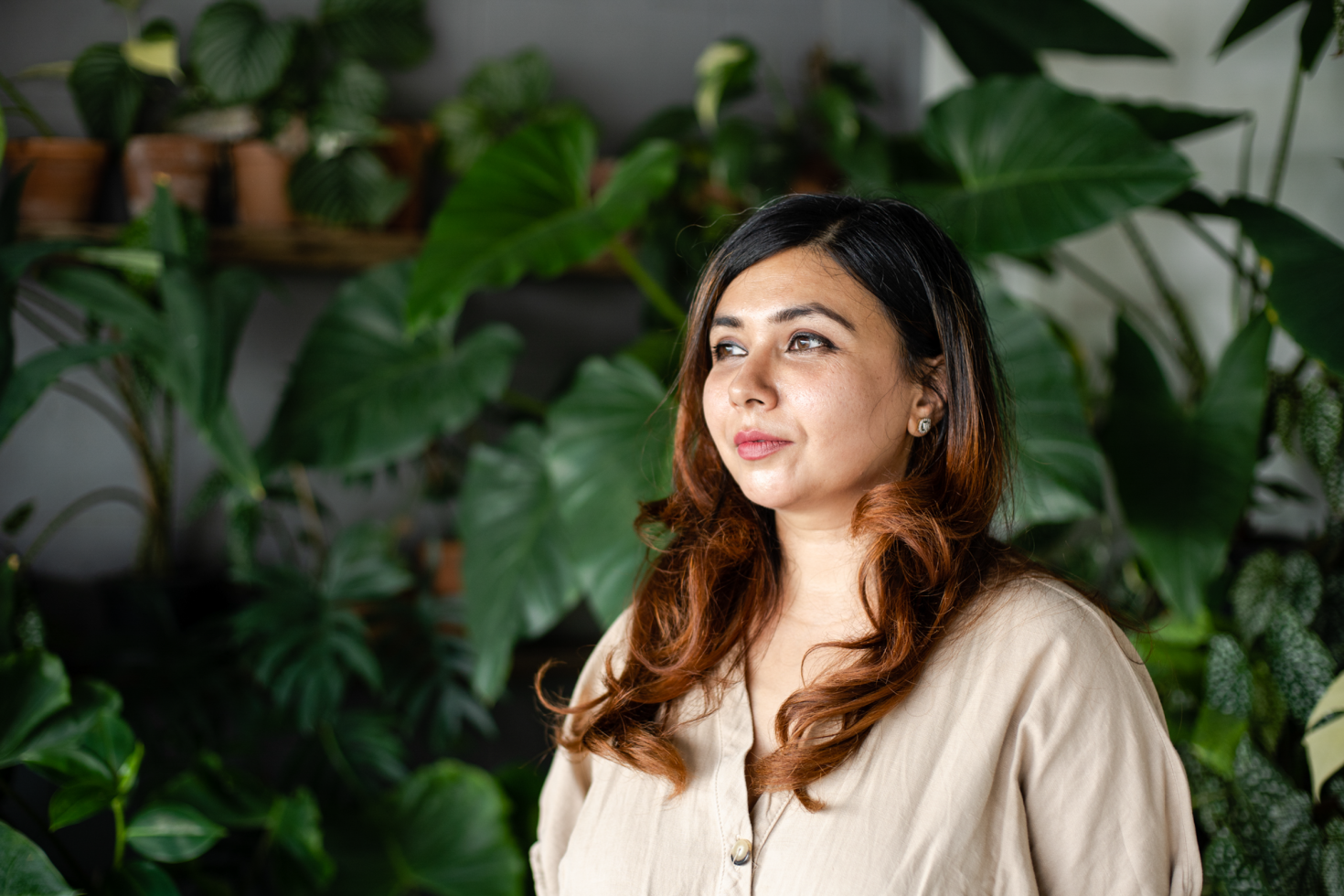في العام 1998 كتب جاكوب نيلسن -الاسم الأبرز في مجال دراسات استخدام الإنترنت- مقالا بعنوان "نهاية الإعلام التقليدي"، خلص فيه إلى أن معظم وسائط الإعلام التقليدية ستتلاشى وستستبدل بوسيط شبكي متكامل في فترة تتراوح بين خمس وعشر سنوات (1).
إننا حاليا نعيش تقريبا نبوءة نيلسن التي أطلقها قبل عشرين عاما، والتي كان من بينها دعوته الصحفيين العاملين في وسائل الإعلام التقليدية إلى تطوير أساليب عملهم ومهاراتهم حتى تتواءم مع ما أسماه العصر التفاعلي.
لقد فرضت تلك التطورات العديد من التغييرات داخل غرف الأخبار التي أدرك الكثير منها أن ثمة حاجة ملحة إلى تغيير أساليب العمل، وصولا إلى تلبية الطلب على نوع جديد من المحتوى ولجمهور جديد أصبح يستهلك الأخبار والموضوعات الصحفية بطريقة جديدة وعبر منصات جديدة.
ومن أبرز أشكال الاستجابة للتحولات التي فرضتها تطورات العصر الرقمي، ظهور العديد من أساليب المعالجة الصحفية مثل صحافة البيانات (Data Journalism)، والصحافة المتأنية (Slow Journalism)، والصحافة التكاملية (Collaborative Journalism) التي تسعى هذه المقالة إلى التعريف بها، وبأفضل الأدوات والتقنيات والموجهات المعينة على تنفيذ مشاريعها، والوقوف على أبرز تجاربها ومشروعاتها، واقتراح توصيات لممارسة هذا الأسلوب الصحفي الجديد في مؤسسات الإعلام العربي.
نحو فهم المصطلح والمفهوم
الصحافة التكاملية مصطلح لنوع من الممارسة الصحفية ظهر من خلال الإنترنت بدايات العام 2000، وتطور تدريجيا عبر العديد من المواقع، وأبرزها "ويكي نيوز" (Wiki News) عام 2003 و"نيوز فاين" (News Vine) عام 2005، (2) حتى وصل اليوم إلى مشروعات صحفية كبرى جرى تنفيذها في عدد من مؤسسات الإعلام الغربية.
والصحافة التكاملية هي أيضا أسلوب جديد من أساليب التغطية الصحفية، حيث تقوم مؤسسات صحفية قد لا تنتمي إلى كيان واحد؛ بتغطية قصة إخبارية أو قضية ما، وذلك عبر التعاون والتكامل فيما بينها. وهذا العمل يمكن أن ينفذه صحفيون محترفون وآخرون هواة.
ويجب التفريق بين الصحافة التكاملية وصحافة المواطن (Citizen Journalism)، فالأولى قد تعتمد على تجميع الأخبار من عدة أفراد أو مؤسسات لبناء قصة إخبارية واحدة، وقد تعتمد على معلومات جديدة يقدمها الزوار أو القراء عبر التعليق على قصة إخبارية منشورة. كما أن المنتج الواحد لهذه الصحافة قد يكون له أكثر من كاتب، وقد يشتمل على أكثر من موضوع أو مقال، وقد تختلف فيه زاوية التناول.
ويجمع العمل في مشروعات الصحافة التكاملية المؤسسات الإخبارية التي تعمل معا أو ومع كيانات أخرى غير إخبارية، بهدف إنجاز مشاريع إعداد التقارير الصحفية، وفي مجال جهود جذب الجمهور، وتجميع المعلومات وتشاركها، إلى جانب العمل معا في بناء التكنولوجيا التي تدعم مؤسسات متعددة تعمل على تحقيق هدف صحفي مشترك، وهناك مشروعات التحقق التي تهدف إلى مواجهة عمليات التضليل والأخبار الزائفة.
ومن المعروف أن التنافس بين المؤسسات الصحفية المختلفة، وبين الصحفيين بعضهم البعض، يمثل حجر الزاوية في بيئة العمل الصحفي، ولذلك فإن العمل في مجال الصحافة التكاملية -باعتباره عابرا لتلك الحدود- لم يجد الترحيب في البداية من كثير من المعنيين.
لكن حقيقة الأمر أن الصحافة تتطور بسرعة وأن الزمن قد تغير، فقد اتضح بشكل متزايد أن مشاريع الصحافة التكاملية والشراكات الأخرى تعمل على تحسين صناعة الصحافة وتعزيز وصولها إلى الجمهور.
واليوم، هناك العديد من أمثلة التكامل الصحفي الناجح، ومن جميع أنحاء العالم تقريبا. ويمكن الإشارة هنا إلى مشاريع تغطية الانتخابات في أوروبا والولايات المتحدة، وتحقيقات "أوراق بنما" التي تعتبر أكبر مشروع للصحافة التكاملية في التاريخ، حيث ضم أكثر من 100 مؤسسة إعلامية من حوالي 80 بلدا في العالم وبـ25 لغة.
وقد وجدت هذه المشاريع الاعتراف والتقدير الذي تستحقه، حيث منحت العديد من هذه الجهود الصحفية التكاملية جائزة جائزة بوليتزر الأميركية الشهيرة في عالم الصحافة (3).
أدوات وتقنيات وتطبيقات مساعدة
نتعرف في السطور التالية على أبرز المنصات والأدوات والتطبيقات التي تساعد فرق الصحافة التكاملية على إنجاز مشروعاتها.
-
منصة "جمع" (Gather):
هي من أهم المنصات الخاصة بالصحافة التكاملية، ففيها يمكن للصحفيين العاملين في المجال أن يتعرفوا على الموضوعات التي يمكن العمل عليها، وأن يتشاركوا الأفكار والمشروعات، وأن يصلوا إلى المصادر المشتركة. والأهم من ذلك كله أن يتواصلوا مع مجتمع أوسع من الصحفيين ذوي الأفكار المشابهة. (4)
-
"سلاك" (Slack):
يستخدم هذا التطبيق حاليا من قبل العديد من غرف الأخبار للتواصل بين الأقسام والإدارات المختلفة لأداء مهام العمل اليومية. وهو يحتوي على العديد من المزايا التي تجعله مناسبا للعمل التكاملي، حيث يمكن لأي مؤسسة أن تنشئ من خلاله مساحة عمل وتدعو المعنيين للتواصل عبرها بهدف إنجاز مشروع معين.
ويمكن دمج "سلاك" مع تطبيقات أخرى مثل "تريلّو" (Trello) و"غيت هوب" (Github) و"دروبوكس" (Dropbox) و"أسانا" (Asana)، مما يسهل من عملية تشارك أي تحديثات خاصة بالمشروع التكاملي الذي يعمل عليه الفريق المعني.
-
برامج مؤتمرات الفيديو:
هناك العديد من البرامج الخاصة بالمحادثات عبر الفيديو مثل:
Google Hangouts, Zoom, join.me, WebEx، لكن هناك أداة تعتبر أكثر فعالية، وتتيح تواصلا سهلا عبر الفيديو ولا تحتاج إلى مجهود كبير، ونعني بها "برنامج أبير-إن" (Appear- In). ويمكن لأي شخص أن ينشئ على الفور غرفة محادثة خاصة عبر البرنامج المذكور، وهي عملية سهلة لا تستغرق وقتا. كما أن الحساب المجاني الواحد يمكن أن يستوعب حتى ثمانية مشاركين في المحادثة.
-
أدوات مشاركة المستندات:
تحتاج فرق العمل في الصحافة التكاملية إلى أدوات لتشارك المستندات، ولعل أفضل هذه الأدوات Google Docs و Etherpad التي تتيح تشارك المستندات والبيانات والعروض التقييمية، وتدوين الملاحظات السريعة. (5)
مجالات الصحافة التكاملية
من خلال التجارب المنجزة في الصحافة التكاملية يمكن حصر هذه المجالات في التالي:
-
مشروعات تكاملية بين غرف أخبار تنتمي إلى نفس المؤسسة الإعلامية، ويمكن هنا الإشارة إلى نماذج التكامل داخل شبكة الجزيرة، التي تتم من خلال التعاون بين غرفتي الأونلاين العربية والإنجليزية.
-
التكامل بين غرفتي أخبار تنتميان إلى مؤسستين مختلفتين، ومثال ذلك هو التكامل بين شبكة الجزيرة وموقع إنترسبت الأميركي. ويمكننا هنا الإشارة إلى نموذج لقصة تم إنتاجها بجهد تكاملي، فقد نشر موقعا الجزيرة الإنجليزية وإنترسبت تحقيقا عن استمرار المعارك التي تشنها القوات الأميركية على تنظيم الدولة في سوريا رغم تأكيدات الرئيس الأميركي دونالد ترمب أن التنظيم لم يعد موجودا هناك (6).
-
التكامل بين عدة غرف أخبار تنتمي إلى مؤسسات إعلامية متعددة، ويمكن الإشارة هنا إلى مشروع مثل "أوراق بنما".
-
التكامل من أجل التحقق من دقة المعلومات والأخبار الزائفة، ويمكن هنا الإشارة إلى مشروع "فيريفيكادو 2018" الذي شاركت فيه 100 مجموعة ضمت غرف أخبار وشركات تكنولوجية وبرامج جامعات قبيل انطلاق الانتخابات العامة في المكسيك عام 2018.
أبرز المشروعات
هناك مشروعات صحفية عدة أنجزت عبر العمل التكاملي ووجدت الثناء من دوائر الصحافة، وحصل العديد منها على جوائز مميزة في المجال. وسنتعرف في السطور التالية على أهمها:
-
أوراق بنما (PANAMA PAPERS):
هي وثائق سرية يبلغ عددها 11.5 مليون وثيقة تم تسريبها من شركة "موساك فونيسكا" للخدمات القانونية في بنما عام 2016. وهي سجلات خاصة بأموال مجموعة من زعماء ومشاهير العالم الذين سعوا إلى وضعها في ملاذات ضريبية بعيدا عن أي رقابة أو أسئلة عن مصادرها أو شرعية الحصول عليها.
وصلت هذه الوثائق إلى صحيفة "زود دويتشه تسايتونغ" الألمانية التي تشاركتها مع الاتحاد الدولي للصحافة الاستقصائية. وقد شارك في مشروع الكشف عن تلك الوثائق حوالي 400 صحفي يعملون في 107 مؤسسات إعلامية من 78 بلدا (7).
-
تسريبات كرة القدم (FOOTBALL LEAKS):
يعتبر هذا المشروع الصحفي التكاملي التسريب الأكبر في تاريخ الرياضة الأوروبية، فقد كان قوامه 70 مليون وثيقة بلغ حجم بياناتها 3.4 تيرابايت. وقد كشف عن معاملات مالية غامضة في مجال كرة القدم الأوروبية، وتناول الحيل التي يتبعها نجوم هذه اللعبة الشعبية.
وبدأ المشروع بسلسلة من التحقيقات التي نشرت في ديسمبر 2016 ونوفمبر 2018 من قبل عدد من المؤسسات الإعلامية الأوروبية مثل "دير شبيغل" الألمانية، و"ميديا بارت" الفرنسية ووكالة رويترز، إلى جانب العديد من الصحف الرياضية الأوروبية.
وقد بلغ عدد المؤسسات الإعلامية المشاركة في هذا المشروع 15 مؤسسة أوروبية، وعمل فيه حوالي 80 صحفيا من 13 بلدا، ونشرت القصص الإعلامية الخاصة به بـ11 لغة أوروبية (8).
-
البحر الغازي (THE INVADING SEA):
هو مشروع صحفي تكاملي أميركي يهدف إلى التعريف بآثار ومخاطر التغير المناخي، وخاصة ارتفاع مستوى سطح البحر. وينطلق أصحاب هذا المشروع من فكرة أن غرف الأخبار تواجه تحديا كبيرا يتمثل في كيفية تعريف الناس بأثر التغير المناخي على حياتهم.
ويشارك في هذا الجهد الذي يهدف إلى الوقوف على تأثير ارتفاع سطح البحر في منطقة جنوب ولاية فلوريدا؛ عدد من المؤسسات الإعلامية في المنطقة مثل: ساوث فلوريدا سن سانتنيل، وميامي هيرالد، وبالم بيتش بوست.
وهذا المشروع عبارة عن مواد سمعية بصرية وتفاعلات للجمهور، إلى جانب نشرة أسبوعية، ويقوم على تحديث المواد القديمة وإضافة أي محتوى جديد. (9).
-
مشروع "بي.بي.سي" لشراكات الأخبار المحلية (BBC Local News Partnerships):
بدأ هذا المشروع البريطاني عام 2017 وتنخرط فيه 843 غرفة أخبار من 90 مؤسسة إعلامية بريطانية، ويهدف إلى تشارك أخبار الحكومات المحلية والإقليمية في المملكة المتحدة. وهذا المجهود الذي تدعمه هيئة الإذاعة البريطانية "بي.بي.سي" هو عبارة عن وكالة أنباء تخدم أكثر من 800 غرفة أخبار. وقد بلغ عدد القصص التي تم تشاركها منذ انطلاقة المشروع قرابة 35 ألف قصة، بمعدل 1000 إلى 1500 قصة شهريا.
ويمكن النظر إلى هذا المشروع باعتباره مثالا على إدراك المؤسسات الإعلامية المنخرطة فيه أن التعاون من أجل القيام بما هو واجب، أهم من التنافس فيما بينها (10).
-
مشروع فيريفيكادو (VERIFICADO 2018):
هذا المشروع يختص بالتحقق والتوثق من الأخبار الزائفة والمعلومات المضللة، وقد شاركت فيه 100 مجموعة ضمت غرف أخبار وشركات تكنولوجية وبرامج جامعات قبيل انطلاق الانتخابات العامة في المكسيك عام 2018، وقد غطى المشروع 28 من ولايات المكسيك الـ32.
وكان المشروع عبارة عن استجابة من الجهات المشاركة فيه لطلبات الجمهور بالمزيد من عمليات التحقق من مصداقية الأخبار الزائفة والمعلومات المضللة التي اجتاحت وسائل التواصل الاجتماعي قبيل انطلاق الانتخابات العامة بالمكسيك في يوليو 2018 ، وقد حصل المشروع على جائزة التميز الصحفي في أكتوبر من العام نفسه (11).
قد يتساءل المرء: هل ثمة جهود صحفية تكاملية مشابهة في العالم العربي؟ وهل ثمة إمكانية لتنفيذها بشراكات بين المؤسسات الإعلامية العربية إن لم تكن موجودة؟
إجابة على السؤال الأول يمكن القطع بأننا لم نقف على أي مشروع مشابه، أما السؤال الثاني فيمكن الإجابة عليه بأن القضايا التي يمكن التطرق إليها كثيرة جدا، والإمكانيات متوفرة، ولا يحتاج الأمر سوى الاتفاق على أهمية هذا النوع من التغطيات الصحفية، والتخطيط السليم له.
المراجع:
-
https://www.nngroup.com/articles/the-end-of-legacy-media-newspapers-magazines-books-tv-networks/
-
Novin, Alamir . "DEBATECITED: An empirical experiment into the value of open-source research methods and peer collaboration to science journalism" (PDF). Spectrum. Masters thesis, Concordia University.
-
https://collaborativejournalism.org/what-is-collaborative-journalism/
-
https://collaborativejournalism.org/collaborative-technology/
-
The Panama Papers (One World Publication Ltd 2016).+ https://www.icij.org/investigations/panama-papers/
* الصورة: أختار سومرو - رويترز






